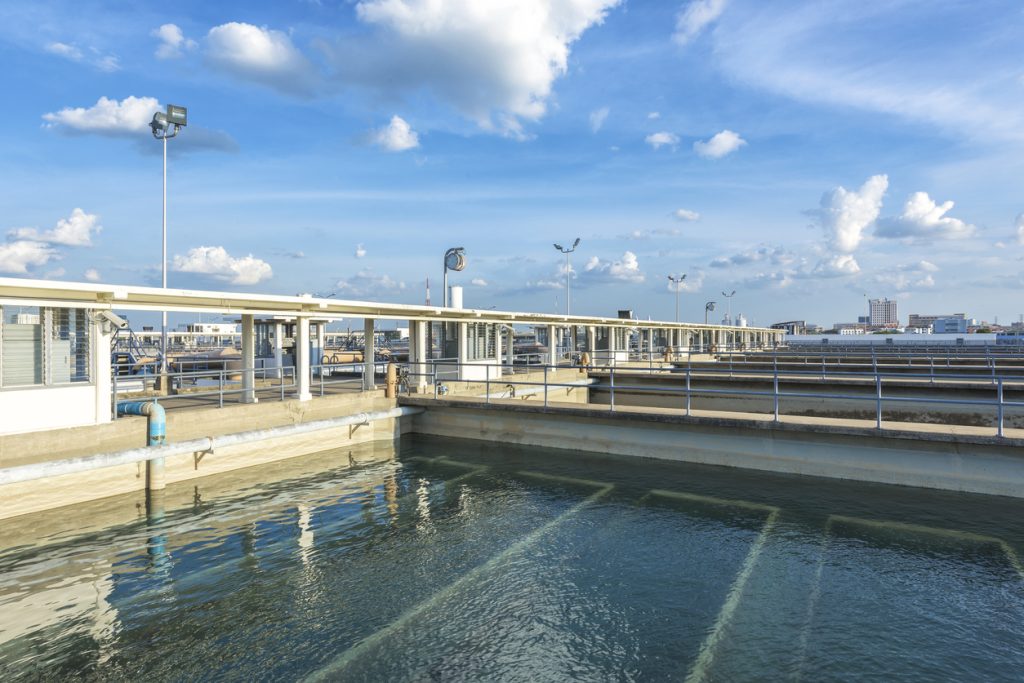How harmful is industrial waste brine?
The zero-discharge desalination process of industrial wastewater inevitably produces a large amount of concentrated brine. The main components of concentrated brine are inorganic salts, heavy metals, and also contain small amounts of chemicals used in processes such as pretreatment, chlorination, dechlorination and desalination, such as scale inhibitors, acids and other reaction products. If this kind of water that has not been completely treated and contains toxins is discharged into the external environment without strict control, it will cause serious environmental pollution problems. Therefore, the treatment of concentrated brine has become a key technology restricting the discharge of industrial wastewater.

The concentrated brine treatment technologies adopted in the industry include:
1. The treatment method for the reduction of concentrated brine in the zero discharge of industrial wastewater
(1) Softening of concentrated brine
The main scaling ions in concentrated brine are: Ca2+, Mg2+, Ba2+, Sr2+. In order to ensure that the scaling components are completely removed, there are two commonly used methods: chemical softening and resin softening. Chemical softening is mainly handled by the lime-soda ash softening method. There are two methods for resin softening: sodium ion exchange method and hydrogen ion exchange method.
(2) Membrane treatment of concentrated brine
Membrane separation technology is an emerging technology that takes separation membrane as the core to separate, concentrate and purify substances. Semi-permeable membrane is also called separation membrane or filter membrane. The membrane wall is covered with small pores. According to the pore size, it can be divided into: microfiltration membrane, ultrafiltration membrane, nanofiltration membrane, reverse osmosis membrane, etc. The membrane separation adopts cross-flow filtration or dead membrane. end filter. The application of membrane separation technology to the process of industrial water treatment can use the pressure of the external environment to separate different substances contained in the solution.
2. Solidification treatment method of concentrated brine in zero discharge of industrial wastewater
(1) Evaporation pond
The evaporation of concentrated brine was basically carried out by natural evaporation and crystallization in evaporation ponds. The evaporation pond is to dig a depression on the ground to serve as a storage tank for concentrated concentrated water. The brine is stored in an evaporation pond to allow it to evaporate gradually and to periodically remove residual solid salts. However, with the frequent occurrence of environmental protection accidents in various evaporation ponds, evaporation ponds have been gradually eliminated.
(2) Evaporative crystallizer
The evaporative crystallizer mainly refers to the crystallizer that uses various processes to make the solution supersaturated under the production conditions, and then crystallizes out. At present, the enhanced evaporation crystallization technology mainly includes mechanical compression evaporation process, multi-effect evaporation, multi-stage flash evaporation, membrane distillation and so on. When the high-salt wastewater treated by evaporation technology is easily concentrated beyond its solubility limit during the evaporation process in the evaporator, the salt in the water is easy to crystallize and adhere to the surface of the heat exchange tube to form scaling. It affects the efficiency of the heat exchanger, and the heat exchange tube is blocked in serious cases. The “seed method” technology solves the fouling problem of the heat exchange tube of the evaporator, and has been successfully applied to the treatment of various salt-containing industrial wastewater and has been widely used.
With the introduction of various environmental regulations, the treatment requirements of industrial wastewater will gradually become higher, and the treatment technology of industrial waste brine will also be continuously improved to contribute to environmental protection.
